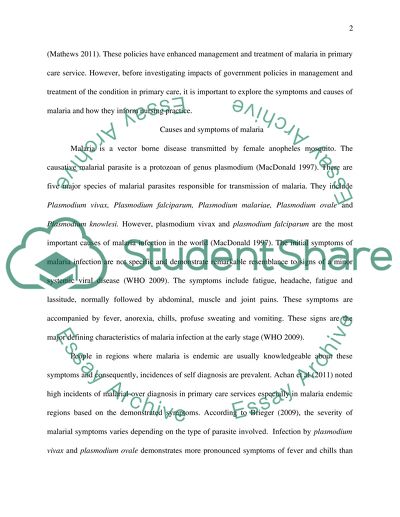Cite this document
(“Malaria case management Essay Example | Topics and Well Written Essays - 3000 words”, n.d.)
Malaria case management Essay Example | Topics and Well Written Essays - 3000 words. Retrieved from https://studentshare.org/nursing/1454381-malaria-case-management
Malaria case management Essay Example | Topics and Well Written Essays - 3000 words. Retrieved from https://studentshare.org/nursing/1454381-malaria-case-management
(Malaria Case Management Essay Example | Topics and Well Written Essays - 3000 Words)
Malaria Case Management Essay Example | Topics and Well Written Essays - 3000 Words. https://studentshare.org/nursing/1454381-malaria-case-management.
Malaria Case Management Essay Example | Topics and Well Written Essays - 3000 Words. https://studentshare.org/nursing/1454381-malaria-case-management.
“Malaria Case Management Essay Example | Topics and Well Written Essays - 3000 Words”, n.d. https://studentshare.org/nursing/1454381-malaria-case-management.


